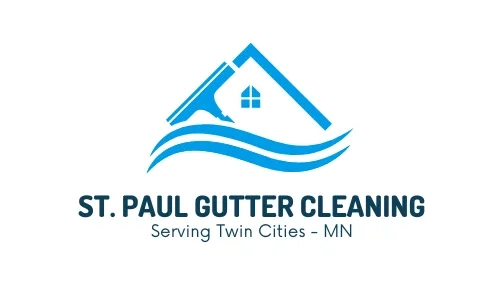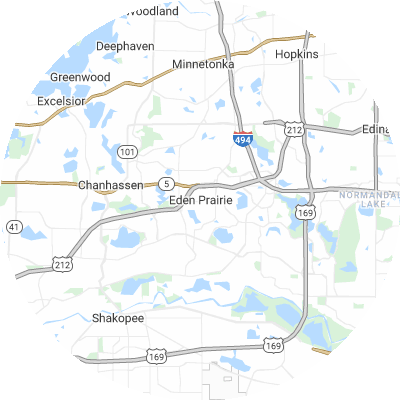Signs You May Need Gutter Guards
While gutter guards aren't always necessary, the signs of backed up gutters are clear. Some indicators of persistent gutter problems include:
- Soggy ground or visible erosion around your home's foundation
- Frequent clogs that lead to overflow and water spilling over gutters
- Visibly saggy, damaged, or misaligned gutters that no longer correctly direct rainwater
- Mold growth, interior wall stains, or peeling exterior paint on walls near gutters.
- Leaky seams or joints where water leaks out of gutters
How To Choose a Gutter Guard Installer
Assess Their Experience
Look for an experienced gutter guard installation company that has been in business for many years and has installed a wide variety of guard types and models. These companies know how to properly take measurements and install gutter guards on your unique home setup. Ask how long they’ve been installing guards and request local referrals.
Verify Proper Licensing and Insurance
Confirm that any companies you're considering are properly certified, bonded, and insured, with both workers compensation and general liability protection. This protects you from liability for potential injuries and accidents. Ask potential providers for current licensing and insurance papers.
Choose Reputable Brands
Look for installers that carry tenured trusted gutter guard brands such as LeafFilter and Gutter Helmet. Steer clear of companies that only offer generic no-name guards or their own off-brand products. These lesser-known products may not have gone through rigorous quality testing.
Seek Custom Fit Services
For top performance, gutter guards should have on-site sizing and cutting to match your gutters. Choose a company that takes custom measurements and trims guards for your home instead of using universal options. Well-fitted guards prevent debris-trapping gaps from forming.
Examine Warranties
Top gutter guard installers normally have 20-year or lifetime warranties against clogs, leaks, rust, and other defects. Before choosing a provider, thoroughly review the warranty terms for both materials and workmanship guarantees. Warranties are the most effective way to safeguard your gutter investment.
Check Reviews and Referrals
You should check online reviews on sites such as the Better Business Bureau (BBB), Yelp, or Google Reviews to learn about customer experiences. You can also ask neighbors to suggest quality local gutter guard companies. When researching providers, you should opt for companies with a history of good reviews instead of just a single review.
Types of Gutter Guards
The six most common types of gutter guards include the following:
- Brush guards are made of large brush bristles that sit inside your gutters, stopping debris and allowing water to pass through. Brush guards cost roughly $4.07 per linear foot.
- Foam guards are large pieces of foam that sit in your gutters to block debris. They're lightweight and easy to install. Foam guards cost around $2.48 per linear foot.
- Screen guards have large holes that allow water through while blocking debris. Screen guards cost around $4.87 per linear foot.
- Mesh guards stop debris but allow water to flow through. Mesh guards have even smaller holes than screen guards. They're durable and encourage debris to slide off as opposed to sitting on top of the gutters. Mesh guards cost roughly $4.51 per linear foot.
- Micro-mesh guards have even smaller holes than mesh guards, allowing even less debris into your gutters than mesh. These types of guards are extremely effective. Micro-mesh guards cost around $5.55 per linear foot.
- Surface tension guards, also called reverse curve guards, use surface tension to allow water to flow into gutters while debris slides off. Typically, they are visible from the ground. On average, you can expect to pay $3.56 per linear foot for surface tension guards.














